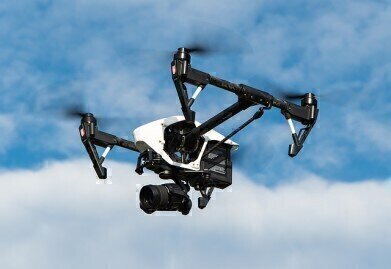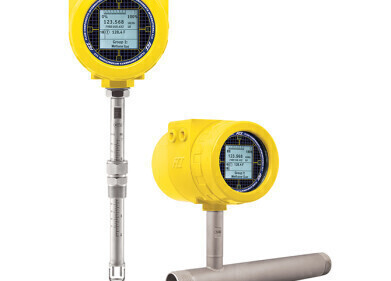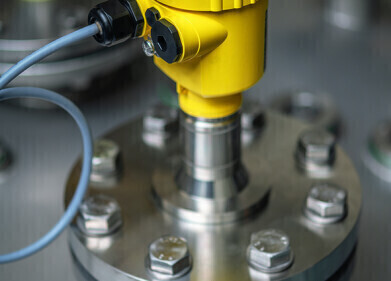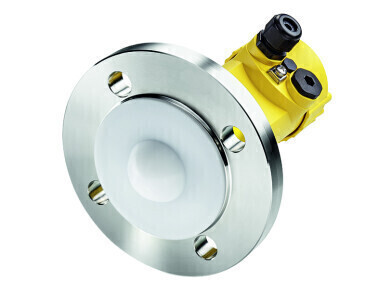Flow Level Pressure
How Is Technology Being Used to Detect Toxic Oil Spills?
Jan 22 2018
In April 2010, a drilling rig exploded in the Gulf of Mexico, causing the largest offshore oil spill in US history. It’s thought to have leaked upwards of 3 million barrels of oil over an 87-day period.
The Gulf of Mexico was a unique case because of just how long the oil continued to leak. And due to its late detection, the damage to surrounding wildlife and communities had been done. With the effects still being seen 8 years on, the pressure to combat oil spills and produce a fast response to their detection is high.
Peruvians turn to technology
Native Peruvians have turned to technology to try and combat the issue of detecting an oil spill. The community of San Cristobal is situated by part of Oil Block 8, used by Pluspetrol – the largest producer of oil and gas in Peru. Living so close to areas affected by oil spills, the Amazonians have set out to ensure that they are able to track and report oil spills to their government, so that they are able to protect their wildlife, livestock, and community.
Rafael Rojas from OEFA says that drones have the potential to help as they have the ability to “determine the affected areas with much greater speed and accuracy”. Geo-referenced photographic and video evidence is taken by the drones and sent directly back to the oil companies and government, provoking an immediate response. The distance covered by drones also allows for surveying to take place deep into the Amazon, where previously it would be incredibly difficult, time consuming and high risk.
Meanwhile in the westernised world…
Flow meters are one of the conventional methods of detecting oil spills from pipes, as discussed in ‘Non-Invasive Clamp-On Ultrasonic Flow Measurement of Crude Oil’. However, efforts to track oil leaks using drones are starting to be seen in other areas of the world too. The American Institute of Aeronautics and Astronautics' Science and Technology Forum have studied the use of multiple drones, ‘a swarm’, and their ability in detecting an oil spill. They found that with the use of five drones in one area, they were able to map a one kilometre wide oil spill in the space of nine minutes.
Drones could potentially be the solution to detecting oil spills, however only time will tell whether this can be implemented on a mass scale and used worldwide.
Digital Edition
PIN 25.1 Feb/March
March 2024
In This Edition Safety - The technology behind the ION Science Tiger XT - Safety with ammonia and LOHCs as hydrogen carriers Analytical Instrumentation - Discussion on new tribology te...
View all digital editions
Events
Apr 22 2024 Hannover, Germany
Apr 22 2024 Marrakech, Morroco
Apr 22 2024 Muscat, Oman
Apr 22 2024 Rotterdam, Netherlands
Apr 23 2024 Singapore


















